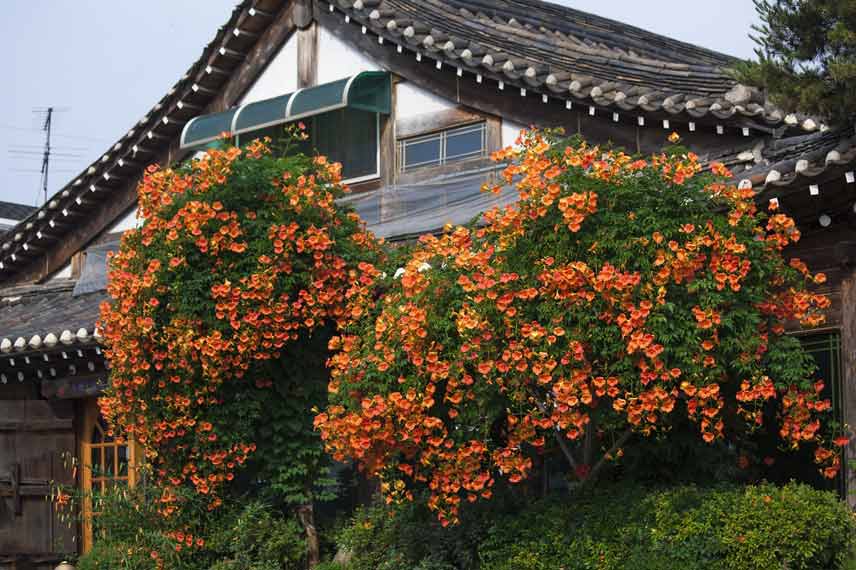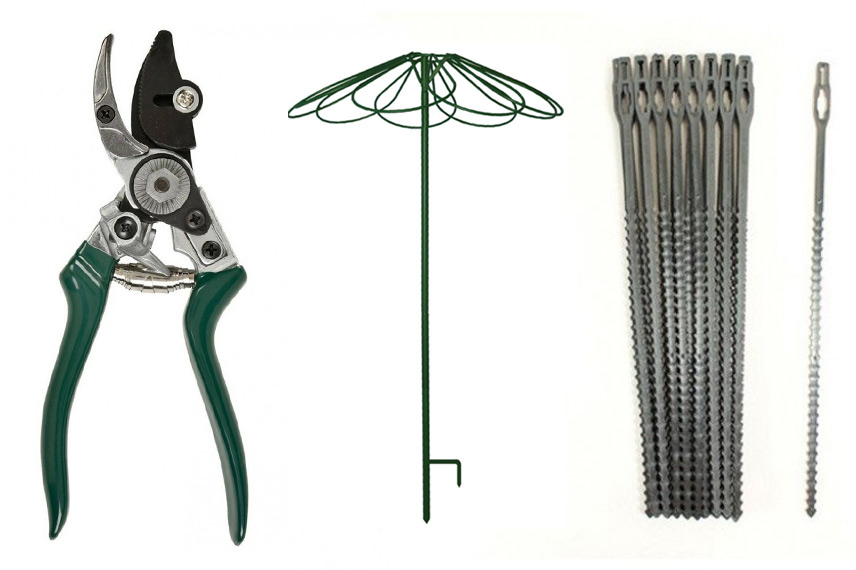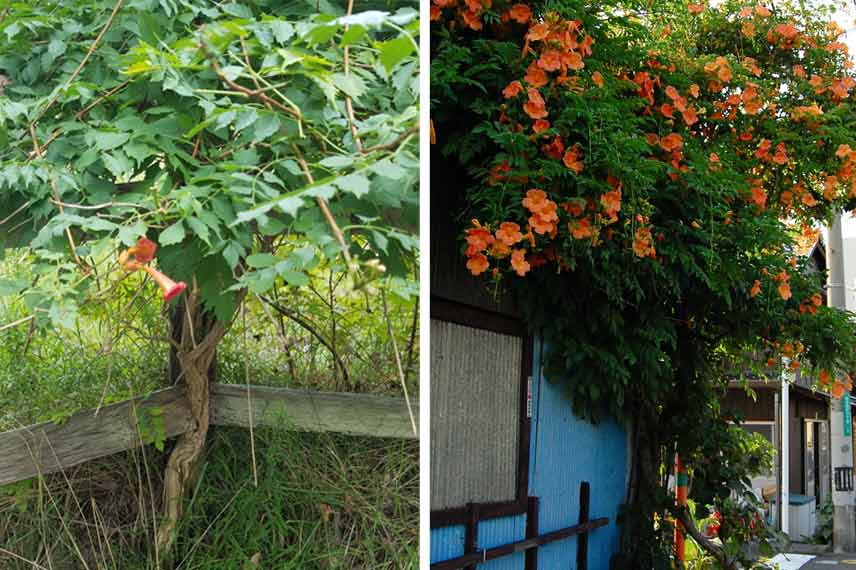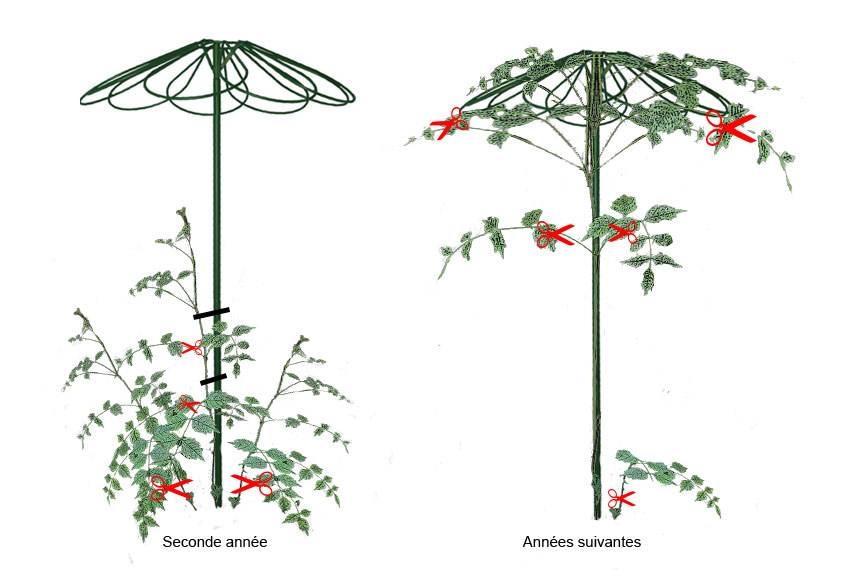The trumpet vine is one of the slowest plants to produce its buds, and its first leaves only appear by mid-May. This is therefore a climbing plant that requires above all patience to achieve the desired result. The same applies to tree pruning, or stem pruning, which demands time and perseverance.
The process, however, is not complicated. By installing sturdy support to guide it from planting and performing appropriate pruning, this plant can easily be trained into a tree.

Equipment, timing, staking, pruning... Learn how to prune a trumpet vine into a tree by following our tips.
Equipment for pruning a trumpet vine into a tree
- A pruning shear
- A sturdy stake
- Flexible ties

The best time to prune a trumpet vine
The best time to prune a trumpet vine is around late March or early April, before the vegetation starts growing again. Avoid pruning your trumpet vine during winter due to the risk of frost. Indeed, the plant may begin to develop young shoots, which are quickly destroyed by the cold.
Also note that pruning a trumpet vine should only begin from the second year after planting. The first year is, in fact, reserved for the plant's establishment in the soil and its growth. Only once the vegetative recovery is assured can you prune it. Moreover, the trumpet vine experiences explosive growth during its second year and will then seek support by stretching all its branches uniformly.
Installing the stake
There’s a good chance your trumpet vine already comes with a stake when purchased from a garden centre. It’s advisable to keep it for the first two years of the plant’s life, until it can reach its support (a wall, another tree’s trunk, a trellis, etc.). The said support can also be the stake itself, which is actually recommended for tree pruning. In this case, choose a particularly sturdy model, driven 50 cm into the ground, so it lasts for several years.

© zamojojo - Flickr
To train a trumpet vine into a tree, it can be useful to opt for an umbrella stake. This features a parasol-like frame, very practical for developing the plant’s canopy.
To attach your climbing plant to its stake, use flexible ties to avoid damaging the plant. You can opt for soft plastic training ties or raffia (more aesthetic). Alternatively, note that it’s possible to create flexible ties using old nylon stockings. In any case, avoid tightening the tie too much, so as not to hinder the trumpet vine’s growth.
Tree pruning, or stem pruning, of the trumpet vine
Stem pruning of the trumpet vine involves many simple but essential steps.

1. In the second year after planting, prune your trumpet vine to retain only the two or three main stems growing towards the support or the top of the stake. Cut all secondary branches flush with clean pruning shears. Remove all suckers from the trumpet vine as well.
2. In subsequent years, still in March, prune lateral shoots flush growing along the formed stem, and remove any suckers appearing at the base of the trunk.
3. Once your trumpet vine has reached the desired height, cut the top to encourage the development of secondary branches (so it forms a proper framework).
4. This crown should be maintained through regular pruning to prevent it from becoming too heavy for the still-frail trunk.
5. Every spring, perform a simple pruning of the canopy, while structuring the branching to avoid tangling and creating an inextricable mess.
6. Once the trunk of the trumpet vine has thickened sufficiently, you can allow the crown to grow more densely, while performing annual shaping pruning to maintain an elegant habit.
































Comments